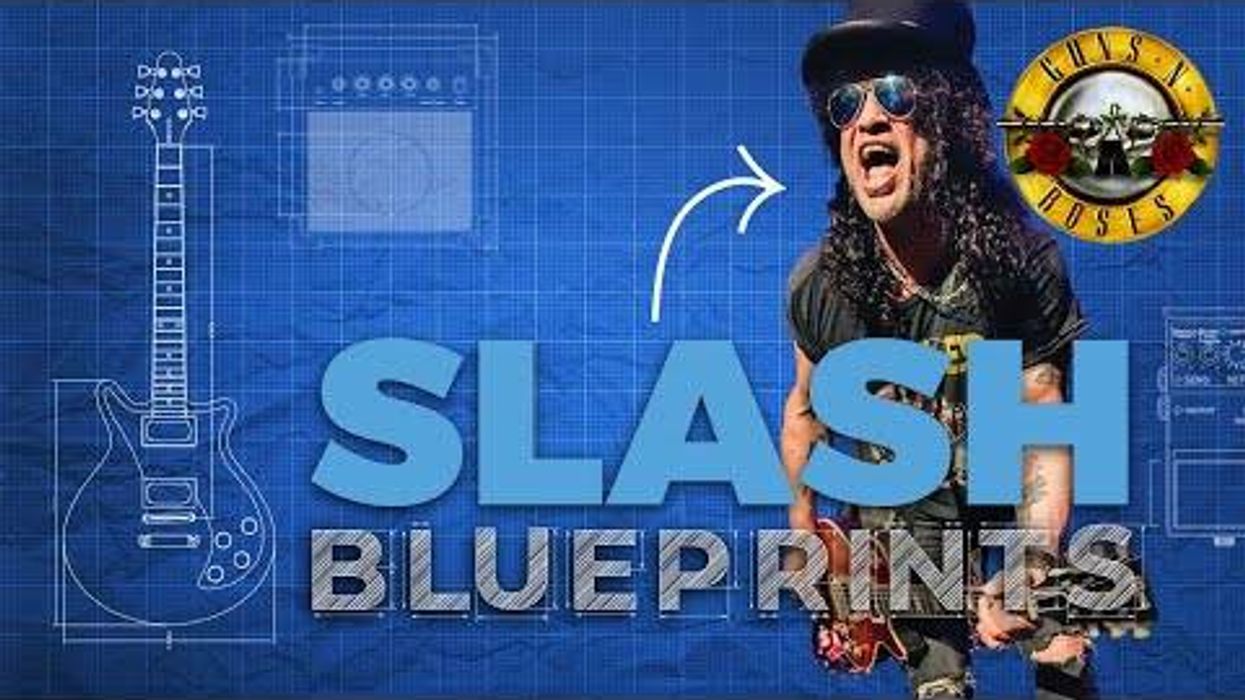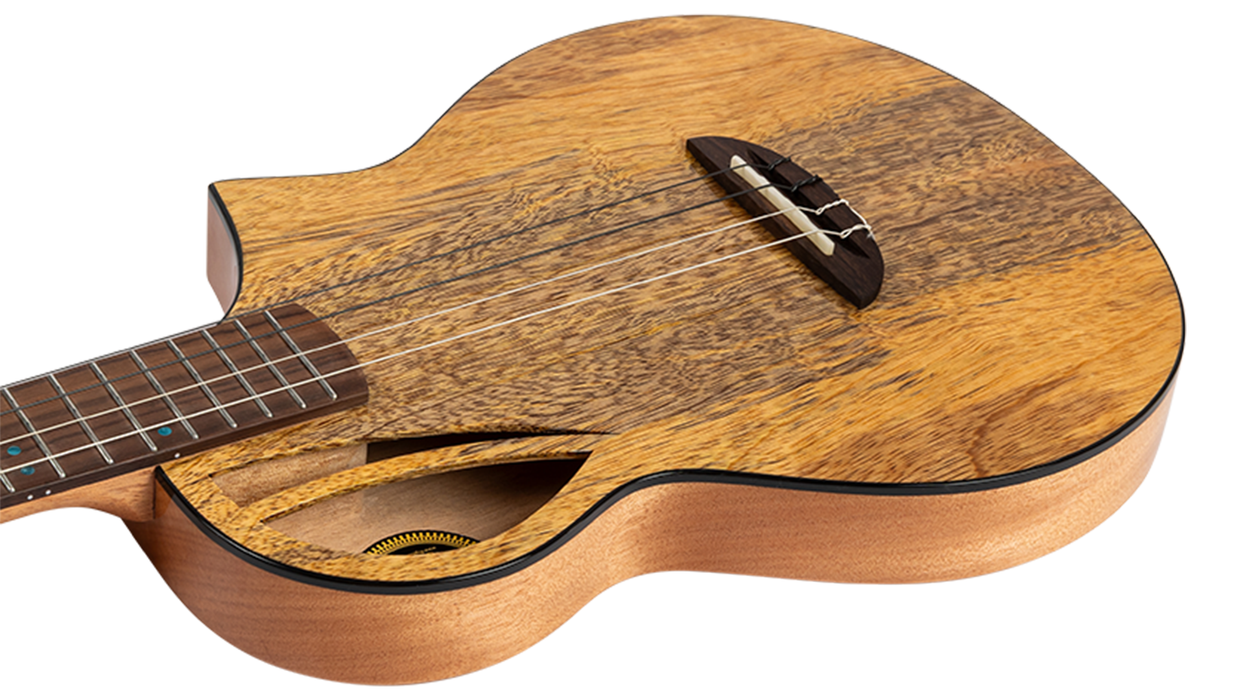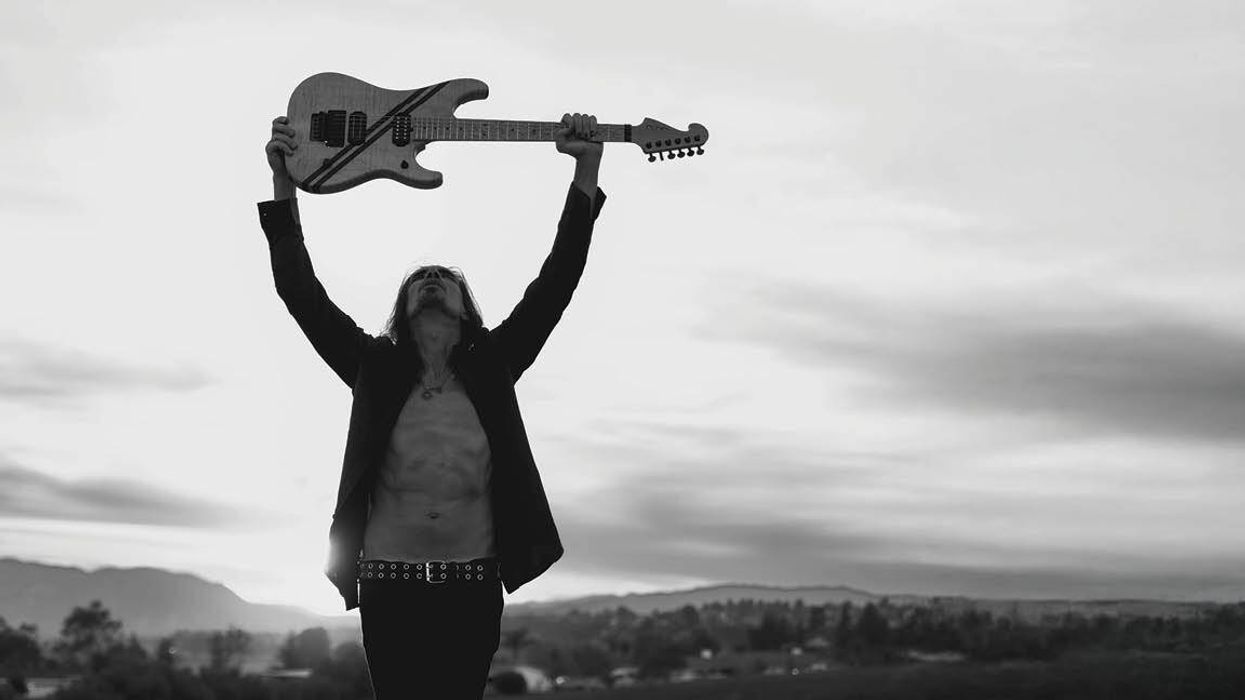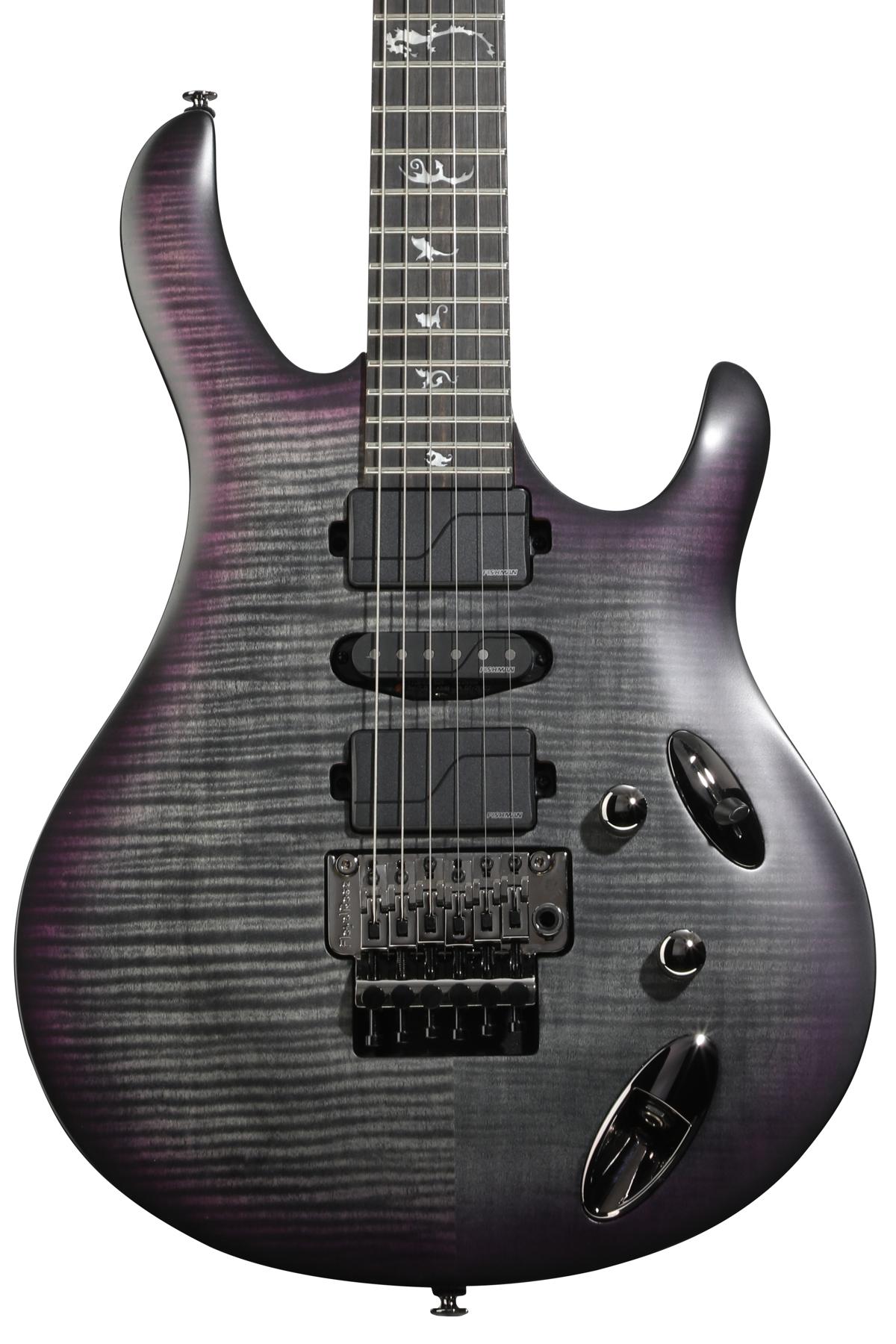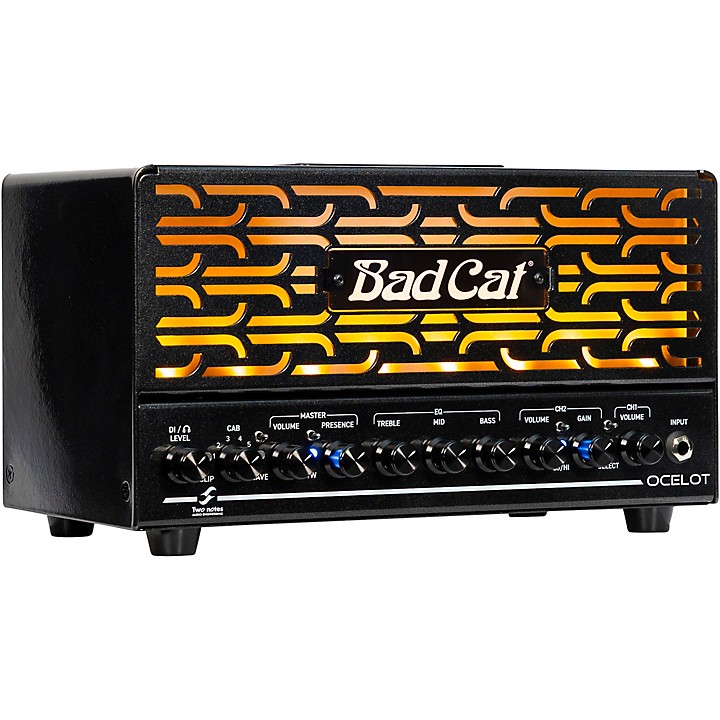It’s getting harder to surprise folks with how good Strymon pedals sound. These days, even hardcore luddites for whom a Tube Screamer is the zenith of frivolity, ask curiously about the wares from these DSP wizards, which can dish dazzlingly good emulations of hard-to-replicate, vintage-style effects—such as tape echo and harmonic tremolo—as readily as bizarre, only-in-the-digital-domain sounds. With stompboxes like the new Mobius modulation machine, we’re coming to appreciate Strymon’s wider product development sense too, one that reveals an impressive knack for uniting sound and function.
Like it’s delay-centric, large-form cousin the Timeline, the Mobius modulation machine takes ideas and algorithms from smaller, more-streamlined pedals from the Strymon family—in this case, the Orbit flanger, Ola chorus and vibrato, Lex rotary simulator, and Flint tremolo/reverb—and consolidates them in a package that facilitates deeper, and often more radical tweaks. And if it isn’t as intuitive to operate as those four smaller pedals strung in a line, the Mobius is a pedal of very deep capabilities that exponentially widens the sound potential of a pedalboard, opens up studio and production possibilities, and can inspire whole tunes. And if it can be a little tricky to get around at first, it’s ultimately a design that invites and rewards experimentation as readily as it delivers beautifully rich, authentic, classic modulation sounds.
Deep Blue
One of the nicest things about Mobius is its approachability. If your stompbox experience and preferences don’t go much beyond a Fuzz Face, Mobius might look like a supercomputer. But most open-minded players or those who have spent a few minutes with a modern digital delay can get great sounds out of the Mobius the moment they plug it in.
The focal point of the control layout is the type knob, a hybrid rotary/push-button control, which lets you dial up any of the 12 modulation types (or machines, as Strymon calls them), as well as assign and save presets. The knob turns with a satisfying click, illuminating a small LED adjacent to the name of each modulation type. The small type isn’t always easy to read and in some settings, it’s hard to tell exactly which LED belongs to which setting. On the other hand, the sounds are typically pretty different and audibly distinctive from position to position, and in instances where you could mistake one modulation type for another—flanger and phaser for instance—the two are placed a comfortable distance from each other.
Just above the type knob, there’s an LED readout that displays modulation rate in beats-per-minute as a default, but also helps you navigate each modulation machine’s assignable parameters, which are accessed by depressing the rotary/push-button value knob. Pressing and holding the same knob provides access to global settings, including buffered or true bypass operation, and a tap function that retains the last tap tempo rate you used, regardless of preset.
The speed, depth, and level knobs in the upper right section are the most familiar, though the function of the depth control in particular can vary from machine to machine—changing virtual microphone distance on the rotary speaker setting, for instance.
Param 1 and 2 knobs control the assignable parameters for each modulation machine, and the additional tone-shaping potential you can extract from many of these control parameters is considerable. On the chorus setting , for example, you can access vibrato and detune chorus modes that can entirely transform the effect and nature of the three basic parameter controls.
Ratings
Pros:
A virtual encyclopedia of modulation sounds. Shockingly accurate DSP emulations. Easy to use the most basic sounds, but lots of tone tailoring tools available via deeper functions.
Cons:
Cons: Fairly expensive. Can be a handful on stage. Small print tough to read in low stage light.
Tones:
Ease of Use:
Build:
Value:
Street:
$449
Strymon
strymon.net
Wobble On
If you never get to the deepest functions of the Mobius—and there are a lot of those—the most basic variations of the twelve modulation machines still give you a formidable effects arsenal. Individual players will doubtless have their preferences, and there isn’t an effect among the most common types—phaser, flanger, the Uni-Vibe-styled vibe, chorus—that is overtly lacking compared to its classic counterpart.
For many players, though, the most appealing and wow-inducing modulation machine will be the rotary speaker simulator. Even through a cheap, solid-state amplifier with an 8" speaker, the Mobius has an amazing ability to simulate the very organic sound of a mechanically spun speaker array. The sonic undulations are deep and complex, and at times sound impossibly real—to the point of being confounding. Just how is a 4' tall Leslie with wildly spinning drum and horn speakers hiding behind that practice amp?
The rotary simulator also reveals much about the thoughtful approach and execution of the assignable parameters. In the case of the rotary, the assignable parameters include horn level, which increases the relative level of the virtual horn speaker and therefore the treble content; preamp drive, which simulates the tube preamp overdrive you hear from a cranked Leslie; and an acceleration parameter, which controls the rate at which the virtual speaker will spool up from a slow setting to a faster one. Each lends considerable tone color and performance flexibility, and the horn level in particular can help get the modulated signal out over a dense, bass-heavy mix.
The vintage tremolo setting borrows the three tremolo flavors from the Strymon Flint (see PG November 2012), making the delicious harmonic, tube, and photoresistor trem simulations available via the assignable presets. The pattern trem, however, will be a cause for celebration for any dream-pop player who misses their old Boss PN-2 Tremolo/Pan. Spacing two amplifiers about four feet apart, setting the pan parameter to on, selecting a pulse or ramp waveform from the wave shape parameter, and dialing up a slow and deep wave creates a shimmering, psychedelic wash that’s the aural equivalent of watching sun stream through an undersea kelp forest. Crank this setting up loud, pick a slow, arpeggiated minor-key chord progression, add a long decay reverb, and you’ll lull your audience into a state of lysergic bliss.
The awesome auto-swell setting can be similarly transportive—especially when run in a stereo configuration with loads of reverb—and has a wealth of parameter options that help you shape the waveform and dictate the rise time of the swell. Slow leads and languidly picked chords sound otherworldly in this configuration. And while simulations of ’70s stalwarts like phase and vibe can be dialed up to deliver the thickest, most classic variants of those sounds, they too benefit from the extra malleability that comes with the well-considered extra control parameters. The phaser can be set up for various degrees of spread in a stereo image and has a very useful staging parameter that can be combined with a wave-shape parameter to tailor waves of very specific shape and intensity, and with a little practice you can craft waves perfectly suited to a specific drum beat—even without the help of the onboard MIDI capabilities.
The Verdict
Like so much Strymon stuff, there’s way more going on than you can cover in a review of this size. And the features we’ve covered here are just a small taste of what this thing can do. Other thoughtful touches like the pre/post switch enable you to put dirt boxes and other effects in front or behind the Mobius without rewiring your pedalboard. And the expression pedal opens up yet another frontier of cool assignable capabilities. Setting up presets is easy, though you also can create more than most mortals could ever keep track of.
The quality of the Mobius is superb. It’s dead silent—quiet enough to use for outboard mix buss duties. And it’s difficult to imagine a modulation unit doing much more as capably as the Mobius does. For a lot of players it will be total overkill. And though it’s simple to operate relative to it’s capabilities, players that like things simple may find anything beyond the most basic functions (which are really anything but) impenetrable. If you’re an incurable studio tinkerer, session expert, or a gigging guitarist who plays in a classic rock cover band one night and a post-rock project the next, the Mobius gives you just about every modulation weapon you could ever need.




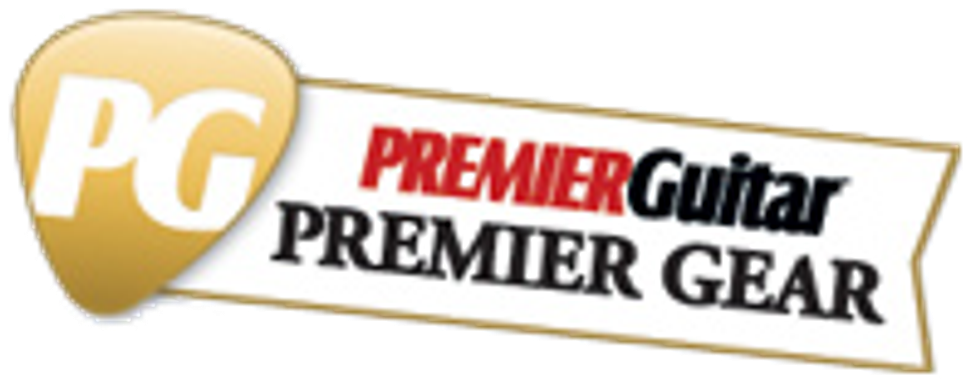




![Rig Rundown: Russian Circles’ Mike Sullivan [2025]](https://www.premierguitar.com/media-library/youtube.jpg?id=62303631&width=1245&height=700&quality=70&coordinates=0%2C0%2C0%2C0)






